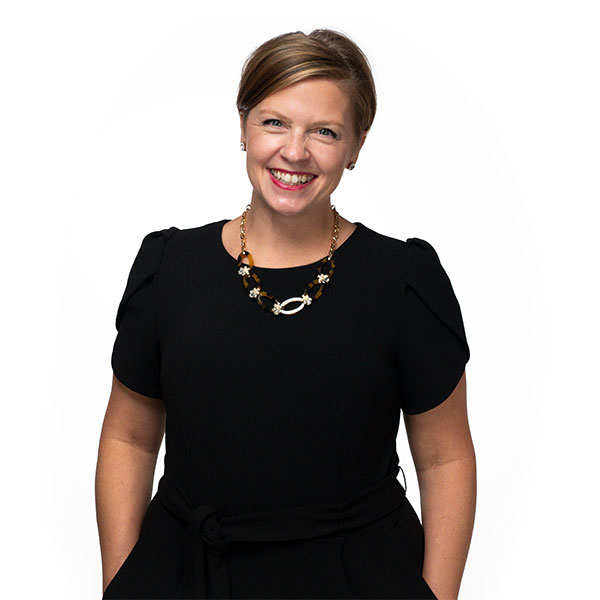In the wake of a global pandemic, I find it necessary to pause and reflect on just exactly what it is that matters in this world. Call me old-fashioned. Call me sentimental. Call me one an eternal optimist. Call me delusional and in denial. I believe this situation might be exactly what we need to flip educational constructs on its head, and spark a transformational movement in our society.
When we take a critical look at education, there are certain issues we must name, address, and unpack if we want to create an equitable society for all of our children.
Today I choose to name, address, and unpack the necessity of choosing People, Not Programs.
When schools across the United States shut down in the spring of 2020, educational support companies perked their ears and listened to what teachers and leaders needed. Without seemingly missing a beat, online educational companies created free or discounted tools for teachers, parents, and students to use. Zoom entered the American lexicon, and we all felt a little like kids at the carnival–anxiously waiting our turn on the next online resource ride.
We were thrown new ideas, new resources, new programs, new log-ins–but we didn’t have time to stop and ask, “Which ones are actually worth my time? How do I know this is even beneficial for my students?”
I’ve talked with teachers who had done e-learning before the pandemic, and they’ll all tell you there’s a huge difference between planning 1 e-learning day and devising entire courses for online, remote learning. For 2nd graders. While you’re also trying to teach your own children how to do their at-home lessons.
The answer to any type of systematic change–whether we’re looking at education or society as a whole–is not found in a particular program. There is no grant, no website, no tool, no textbook, no training–that will change the system. Programs are helpful, but they are meant to make money. Sure, they might also serve a professional learning purpose, but in the end, they are products.
To create systemic change in our country, we must look to the people who create the profession: the teachers.
School leaders need to invest their time and energy into their people if they want to see positive learning experiences for their students. When teachers are supported, by their principals, colleagues, and district leadership, they thrive. According to the research of both Marzano and Hattie, teacher effectiveness is one of the most impactful influences on student achievement. Without highly effective teachers, in person, at home, blended, or on the beach–students will not thrive in our systems.
Here are 5 steps all leaders can take today to invest in People, Not Programs:
Lead with what I like to call, “the burden of no.”
When a new tool, resource, grant, professional development what-have-you shows up at your fingertips—you have the courage to say, “This isn’t what we’re about.” The burden of no is guarding against the glut of instructional practices that may or may not impact student learning.
Schedule time for 1:1 coaching meetings with every teacher and aide in
your building.
Building relationships with your staff is paramount if you want to create a supportive atmosphere for the adults in the building. If your teachers don’t know you, they won’t trust you. If they don’t trust you, they won’t follow you. You can share best practices until you’re blue in the face, but if your people aren’t buyin’ what you’re sellin’ it’s a waste of time. It is your job to show that you care and that your employees matter.
Make a list of all of the initiatives that have ever existed in your district since you have been there.
Ask colleagues, teachers, and central office to do the same. Compare your lists. Count the initiatives. Cry a little. Cross off the superfluous projects. Share the list with your teachers. Clarify what you’re doing, and not doing. You’ll be surprised by how many teachers in your building believe they have to use a strategy, system, or program that has been off the table for years.
Make your school goals clear.
If the only people who know the school goals are the ones who wrote the improvement plan this year–then Houston you have a problem. My advice: stick to 3 goals or under. Broadcast your goals on agendas, newsletters, websites, emails. Make these goals so clear that each of your staff members can rattle them off upon demand. If your teachers don’t know the goals, they don’t know what they’re collectively aiming for.
Prioritize honest collaboration.
Teach your teachers how to lean in to the awkward, tough conversations in professional learning communities. Listen and equip your teachers with conversation stems that will help them navigate vulnerability, fear, and resentment. We are a people industry. And people are messy. We are complex. We create drama. Teach your teachers how to love one another through their issues. Don’t play favorites. Don’t avoid the teachers who are the hardest to love. Pursue them. Get to know them. Teacher other staff members how to do the same. Honest collaboration involves hurt feelings and uncomfortable conversations at times, and that’s okay. That’s what investing in your people looks like.


